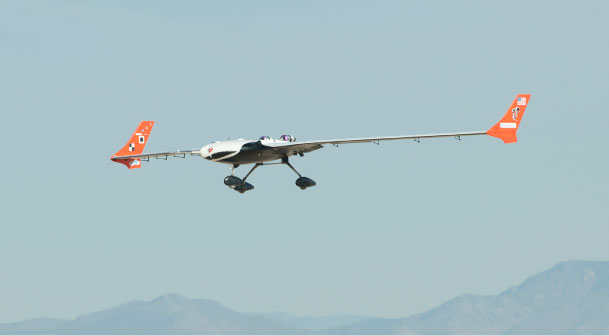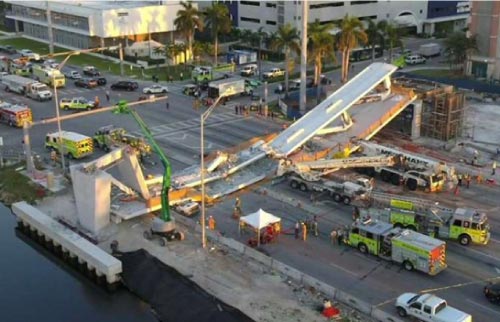Distributed Fiber Optic Sensing – A Catalyst for Innovation
For decades, discrete point sensing technologies such as strain gauges and thermocouples have served as reliable tools for measuring strain and temperature. However, the concept of ‘good enough’ has often hindered innovation in the field. The emergence of distributed fiber optic sensing platforms has revolutionized the measurement landscape by offering spatially continuous, real-time data and […]
Distributed Fiber Optic Sensing – A Catalyst for Innovation Read More »




